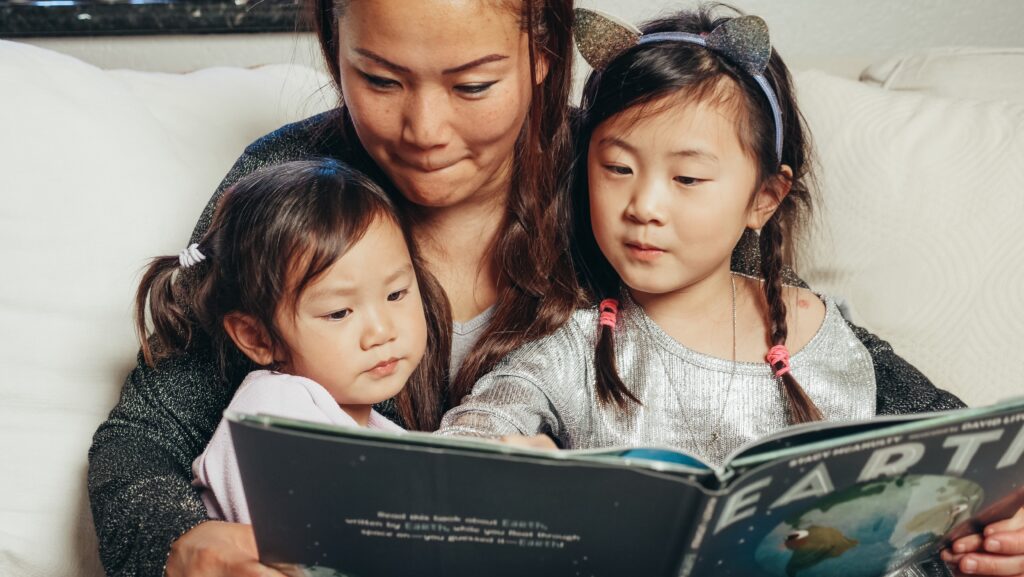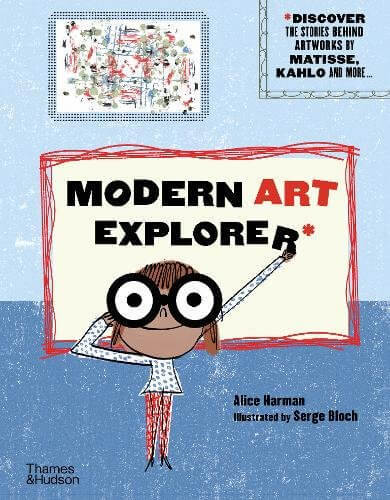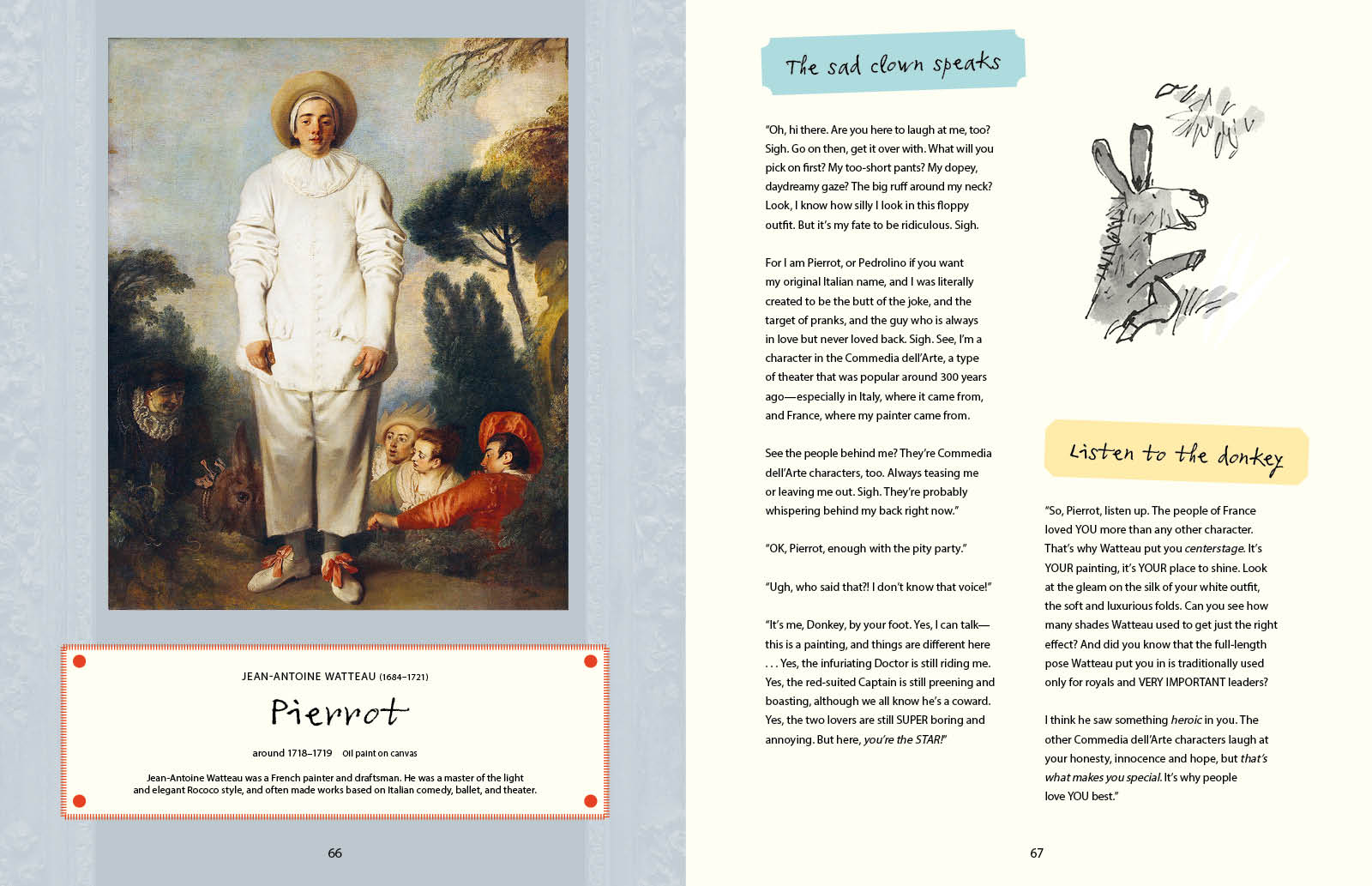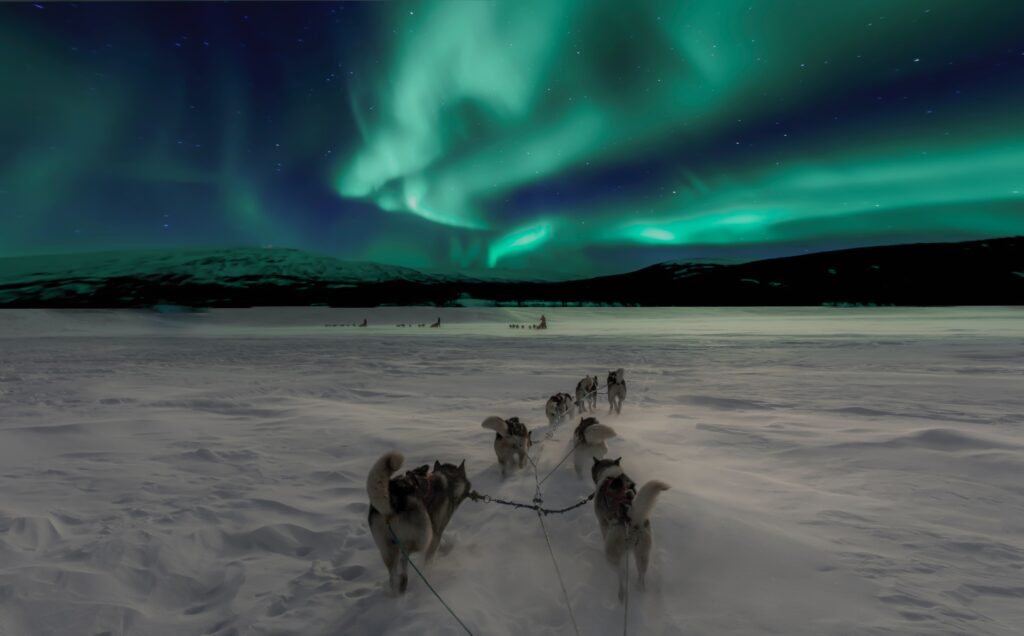Why I want to help other people to become non-fiction authors too
When I tell people that I write children’s books for a living, they usually assume that I’m talking about fiction. That’s the image of a children’s author that we often have in our heads, right? Someone conjuring up imaginary worlds and made-up stories? But I write children’s non-fiction books, which means it’s the real world and all its brilliant facts and stories that take centre-stage in my work. And I LOVE it!
That’s not to say I don’t enjoy reading children’s fiction books – I do, enormously, and I’m so grateful to the brilliant authors (and often illustrators) who create them. I’m even writing a fiction book myself at the moment. But whenever we talk about writing for children, it feels like fiction is the default, and all the chat and advice is geared towards that.
I keep waiting for this unfairness to change, given how much more attention and prestige children’s non-fiction books have been attracting over the last few years… but no dice. So I’m here to stand up for non-fiction! Here are my 5 top reasons why writing children’s non-fiction books is the BEST, and why aspiring children’s authors should think about channelling their passion and creativity into writing them too.
1 You get to show kids how exciting and inspiring the world can be

This will always be my Number 1 reason for loving what I do. When you learn about fascinating facts, incredible stories and life-changing ideas – especially in a subject that you particularly love – don’t you just want to share them with everyone?! To pass that beautiful spark of excitement on to others, so they can feel amazed and inspired by the world too? If so, you might really love being a children’s non-fiction author.
The things that capture our imagination as children can stick with us for life, can open up our world and lead us in all sorts of exciting directions. A girl marvelling at the length of a dinosaur’s tooth could end up being a palaeontologist who still gets that same rush of awe whenever she examines a new find. A boy unexpectedly ‘clicking’ with a work of abstract art might want to spend his life making things just as strange and beautiful. Another kid, sick with worry about how adults are destroying the planet, could read about activists and scientists and everyday people working so hard to make things better, and be inspired to take action too.
Whenever I get letters from school classes – or messages from parents, or lovely online reviews – reminding me that there are kids out in the world enjoying and learning from my books… Well, I’ll be honest, I still haven’t gotten over welling up a bit every time! But once I’ve pulled myself together, it gives me the biggest boost to keep learning and thinking and writing, knowing that I can actually help kids to feel excited and inspired about the world.
2 Your books are BEAUTIFUL
One of the most wonderful things about being a children’s non-fiction author is seeing your writing turned into gloriously gorgeous books, without any artistic effort on your part. (Any author–illustrators reading this, you are too talented and it is not fair, so just let me revel in this, OK?)
I try not to say ‘I can’t draw’ because, as someone who’s written a series of books about growth mindset, I know that’s not a helpful way to think. So I’ll just tell you that once a friend of mine laughed so hard at my attempted drawing of a whale that they literally fell off their chair. And yet through the magic of collaboration, a book that bears my name (and the illustrator’s, too, of course) can be so fabulous-looking that I still just get it off the shelf sometimes to look at the pictures. Here’s a couple of them, Modern Art Explorer and Mona Lisa and the Others, beautiful inside and out…




There’s also something so special about working closely with an illustrator and designer to produce a book that combines the best of our talents. With illustrated non-fiction, there is a mix of the creative and the technical at play, which means the team has to be totally in sync. The illustrator helps draw out key points in the text as well as giving the book a load of personality before you’ve even read a word. And the designer – whose role is absolutely crucial – brings together the text and the artwork in a way that looks great but also makes reading and understanding the text as easy as possible for kids.
(Side note: designers almost never get named on the cover with authors and illustrators, which feels pretty unfair. So just so you know, the brilliant designer of the books above is Avni Patel!)
3 You get paid to learn about the world

I’m not going to tell you that being an author, of any kind, is always easy. It’s not, at all! But when I’m researching and writing a new book, and it suddenly hits me that I’m learning about why astronauts can’t burp in space for my JOB, I do feel pretty lucky. If that makes you think, ‘Um yeah, that sounds amazing’ – rather than, ‘OK, settle down, nerd’ – then you’d probably love being a kids’ non-fiction author too.
Adult non-fiction authors are often only ‘allowed’ to write about one subject, in which they’re an expert. Not so with children’s non-fiction. Obviously, in-depth knowledge and professional experience in an area is a great thing that children’s publishers also look for, but it’s not a must-have.
I’ve often set out to write a book with much more curiosity than pre-existing knowledge. One of my favourite things is to immerse myself in research and obsessively find out as much as I can about the subject, in order to write the best book possible. At certain points in the process, I also typically work with expert consultants and institutions (galleries, museums and so on) so they can review my text and make sure that it’s all correct. That’s a bit daunting sometimes, when you’re speaking to professors and such, but they’re always lovely and it’s also an amazing opportunity to learn.
4 You don’t have to write the whole book first

I’m working on a lower-middle-grade book right now (roughly speaking, for 8–10 year olds) and OH WOW it takes a long time?! The idea of having to finish an entire book, or even a vaguely coherent chunk of one, and only then send it round to publishers and find out if it has a chance to get published? Fiction writers, I salute you. Because at the moment I literally don’t know how you do that and keep the lights on.
See, when you write non-fiction, it works pretty differently. Rather than writing the whole book, you typically write a short proposal and a book outline and a few pages of sample text (sometimes less) to give a flavour of how you’d write it. That’s what you or your agent sends to publishers, and based on that they decide whether or not they want to publish it. If they don’t, obviously it’s disappointing – but it’s not ‘Oh dear God, that’s a year of my life!’ disappointing.
Clearly, fiction authors find a way to make it work, and I’m speaking without first-hand experience of that whole process, but it seems like non-fiction offers a much more reasonable time investment upfront. As a working author who needs to bring in a monthly wage in order to – you know – eat, I really appreciate that. It feels like a more accessible way of doing things, for people who work or have other responsibilities and have limited time to do anything for free.
5 You can be so, so creative

When you write children’s non-fiction, you have to work out how to take information that already freely exists in the world and spin it into something that feels fresh, fun and exciting. How will you bring ancient Egypt or bicycles or sewing to life for kids? What angle will you take, what voice will you write in, what will you put in and take out and turn on its head? It’s a challenging mix of imagination and problem-solving that totally fires up your creative brain!
Nowadays, there’s so much more scope in non-fiction to inject your own personality, and to play around with narrative and characters and all sorts of other elements you might traditionally associate with fiction. It’s so fun! People often call this creative non-fiction, or (in some cases) narrative non-fiction, and it’s exploded in popularity and range over the last few years. As long as there is accurate information at the heart of a book, you’re free to do whatever else you want and it’ll still be non-fiction!
Another brilliantly creative part of writing kids’ non-fiction is thinking about how to make it interactive. That could mean anything, from questions and activities to literally tearing out the pages to use for experiments. Interactivity is such an important part of children’s non-fiction, and it’s amazing how it can lift the subject off the page, engaging kids who might usually be a bit ‘meh’ about reading.
As well as writing my own books, I’m also an editor and author coach, and I love seeing how differently other authors think – how different their creativity is to mine. With everything from fact-filled stories to arty activity books coming under the generous umbrella of children’s non-fiction, you can find the perfect way to share your knowledge, passion and unique creativity with kids.
So that’s it! My top five reasons why writing children’s non-fiction books is the BEST. To recap:
- You get to show kids how exciting and inspiring the world can be.
- Your books are BEAUTIFUL.
- You get paid to learn about the world.
- You don’t have to write the whole book first.
- You can be so, so creative.
Does that all sound as good to you as it does to me? Well, if you want to write amazing non-fiction books for children, and get them published, I can help!
Take a look at my author coaching packages to discover how I could help you make your writing dreams a reality. And if that’s not what you’re looking for right now, no problem! I wish you all the very best with writing your children’s book.




